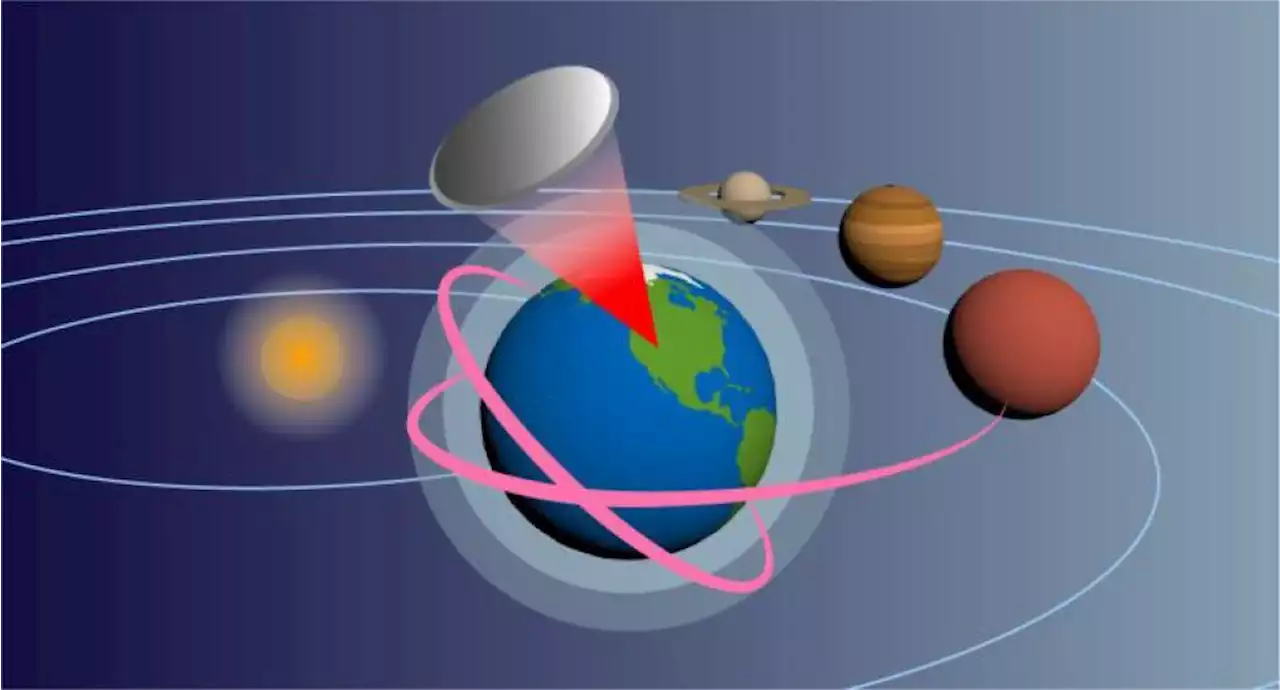Laser sailing could be a game changer for exploration.
in 2012, about 75,000 years to reach Alpha Centauri even if the probe were headed in the right direction, which it's not.The problem with all rocket thrusters is that the propellant they carry with them has mass. Long trips require a lot of propellant, which makes spacecraft heavy, which, in turn, requires more propellant, making them heavier, and so on. " might be one of the only technically feasible ways to get a spacecraft to another star within a human lifetime.
A major challenge Starshot faces is building the lasers needed for propulsion. It calls for a ground-based laser array on the order of 0.4 square miles and as powerful as 100 gigawatts, which would be by far the most powerful laser ever made onIn the new study, the researchers suggest that a more humble ground-based laser array — one that's 3.
Going interstellar on a reasonable timescale imposes more constraints than voyaging within the solar system. For instance, Starshot aims to send probes to another star within a human lifetime, so its spacecraft are designed to be extraordinarily lightweight — each just 0.035 ounces or so — to fly as fast as possible given the amount of energy they receive.
